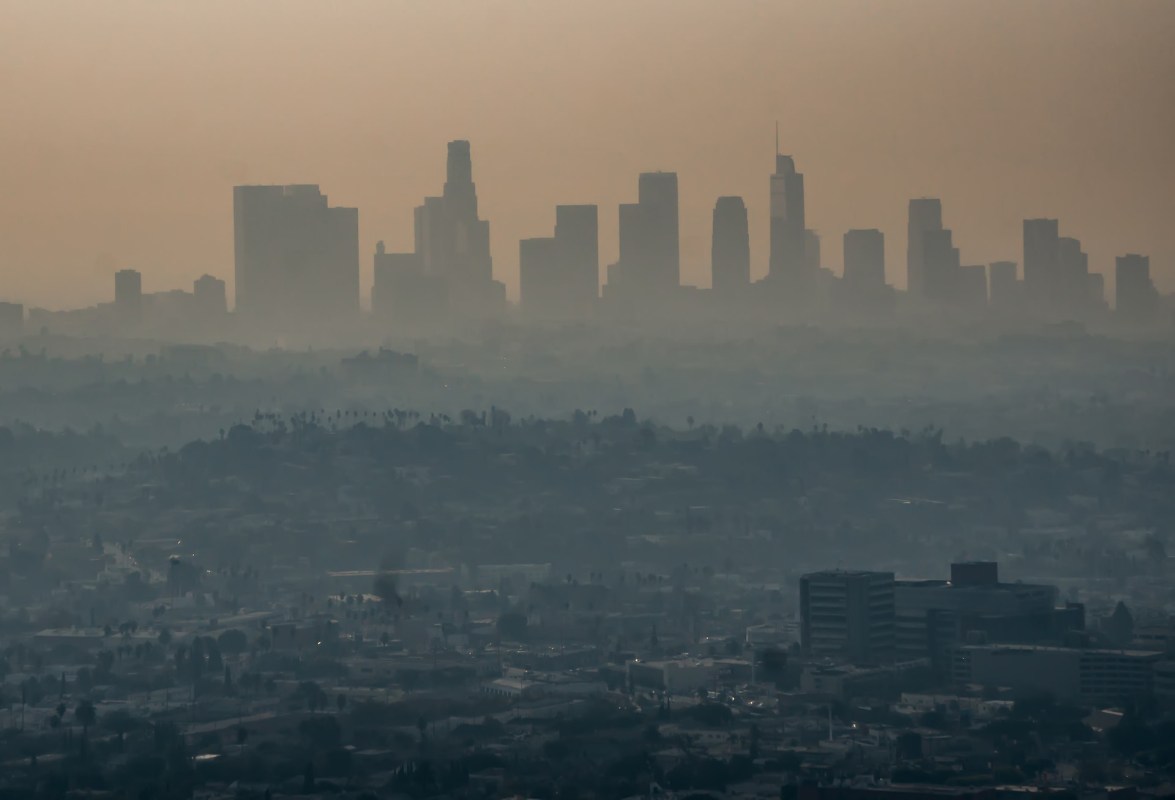A new study published in "Nature Climate Change" suggests that with the right approach, plants in cities don't just help filter out air pollution — they reduce the amount created in the first place, Phys.org reports.
A team of researchers from Sweden, the United States, and China conducted the study. It focused on solutions for 54 cities in the EU to ensure they can remove as much carbon dioxide from the air as they put into it.
Carbon dioxide is one of the main heat-trapping gases currently causing Earth's temperature to rise out of control, as NASA explains. It's also a vital ingredient that plants need for photosynthesis, so they absorb carbon dioxide and expel oxygen, filtering pollution out of the air. For this reason, people and organizations hoping to cool down the planet advocate for planting lots of trees and other plants.
However, according to this study, the benefits of green spaces in urban environments go even further. As KTH Royal Institute of Technology associate professor Zahra Kalantari told Phys.org, "Nature-based solutions not only offset a proportion of a city's emissions, but can contribute to reduction in emissions and resource consumption too."
For an example, look at the Boulevard Anspach in Brussels, Belgium. In 2016, the city began turning this busy street into a pedestrian thoroughfare. Instead of cars, visitors now bike or travel to the street's many businesses on foot — which means far fewer motor vehicles belching smog into the city center. The total benefit to air quality is greater than just the filtering effect of the trees.
In areas that receive this treatment, the cleaner air is healthier for residents. The green areas are also beautiful and inviting, prompting physical exercise like walking and biking, which further benefits health. Looking out for the environment, it turns out, is also good for the people within it.
The study also examined a wide range of other solutions, like urban farming and water-permeable pavement, and recommended which would most benefit each city on the list, Phys.org explains. "There are many studies that examine the effects of individual nature-based solutions, but this merges all of them and analyzes the potential systemic effect," Kalantari said. "That's new."
Join our free newsletter for weekly updates on the coolest innovations improving our lives and saving our planet.









